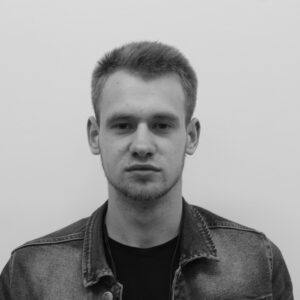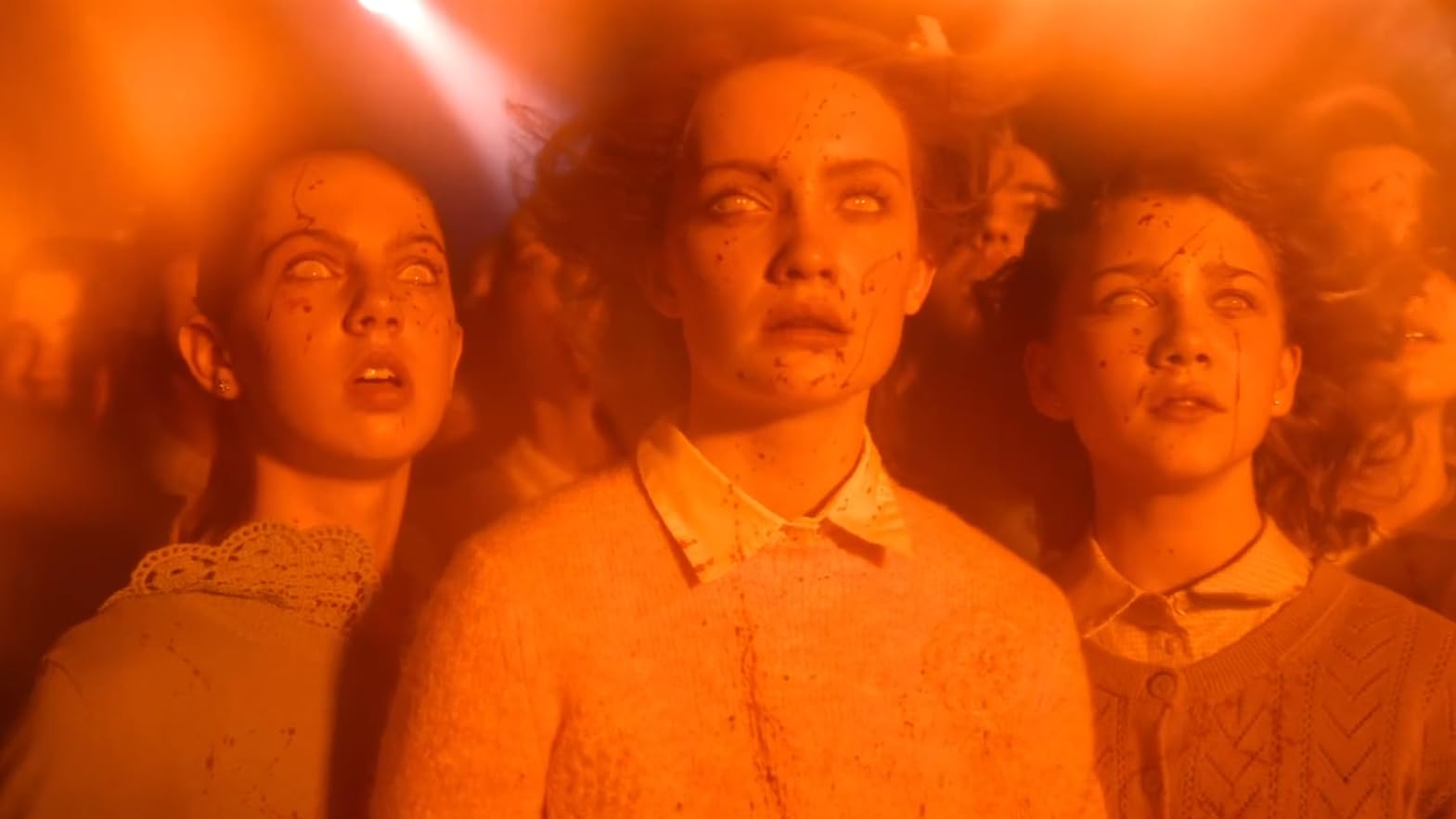Yvette Ponsa facialist with over 30 years of experience in the aesthetics and health sector, owner of the Institut Yvette Pons and creator of the SULYFTH® Facial Therapy, tells us how posture is related to the well-being of the skin, given that it is part of the origin of facial aging is caused by the posture.
How is body position related to skin well-being?
When we look at our face in the mirror, we visualize it individually with the rest of the body, that is, we separate the head from the torso when in reality we are all one. Everything that happens in one part of our body has a direct impact on the other parts of the body. For example, the wrong position of the neck and postural hygiene have a direct influence; in muscle tone, in the aging of the skin and the face in general.
When the first signs of aging begin to appear, we usually associate them with our chronological age, and while this is the case in some cases, many of them deteriorate prematurely, or appear ahead of time due to poor posture. If we respect the law of physiology and anatomy and are careful; neck, chest, shoulders and the whole body posture, we will be able to slow down and slow down the aging of the face.
In the same way, when we treat the face locally with localized treatments, the result will not be completely successful if we do not influence the biomechanics of the body at the same time.
How does posture affect the aging of the lower third of the face?
Yvette emphasizes that part of the origin of facial aging is the posture. For example, the sagging and lines of the lower third of the face, neck, oval, puppet, bulldog cheeks, among others. It is directly associated with the tension of the abdominal fasciae intertwined with the pectoral fasciae and you are, in turn, with the pectoral aponeurosis from which the platysma muscle of the neck arises, which is formed in the upper part above the mandibular margin. brought in .
The tension of this entire fascial chain affects diaphragmatic breathing capacity and the shortening and fibrosis of the neck muscles, which pull down the entire lower third of the face, causing slackening and deformation of the sub and adjacent muscles.
At the same time, chronological age, biological age and how we take care of ourselves throughout our lives can promote or worsen the dominance of aging, but if we do proper posture correction and strengthen the deep muscle layers, we can improve and prevent premature aging. For example, Yvette advises us to do Pilates exercises.
How does body position affect the aging of the upper third of the face?
Yvette confirms that there are anatomical and biomechanical parts of the body that influence the slack and dynamic lines of the upper third of the face. The aging of the upper third of the face is directly related to the posterior fascial tissue of the body, of the soles, knees, pelvis, back, neck, skull and forehead.
The way we support our feet and the low elasticity of the hamstrings that affects the correct opening of the sit bones affects the position of the pelvis, which can be: open, closed or in retro or ante version, which affects to a greater or lesser extent to the spine and causes cervical hypertrophy, with subsequent fibrosis of the skull muscles and aponeurosis. This can cause spasms and shortening of the frontal and temporal muscle, blaming the lack of elasticity and return of its movements, accentuating the lines; forehead and between the eyebrows, as well as drooping eyebrows and weakness of the orbicularis oculi muscle. Finally, crow’s feet may also appear.
All of these biomechanical and postural changes can alter the skeletal muscle morphology of the skull, accentuating the upper facial wear. Yvette emphasizes the importance of good postural hygiene and advises us to use a good posture corrector if necessary, in addition to performing Pilates to help stretch the entire deep muscle chain, affecting all joints and balancing our skeleton.
Source: Marie Claire




